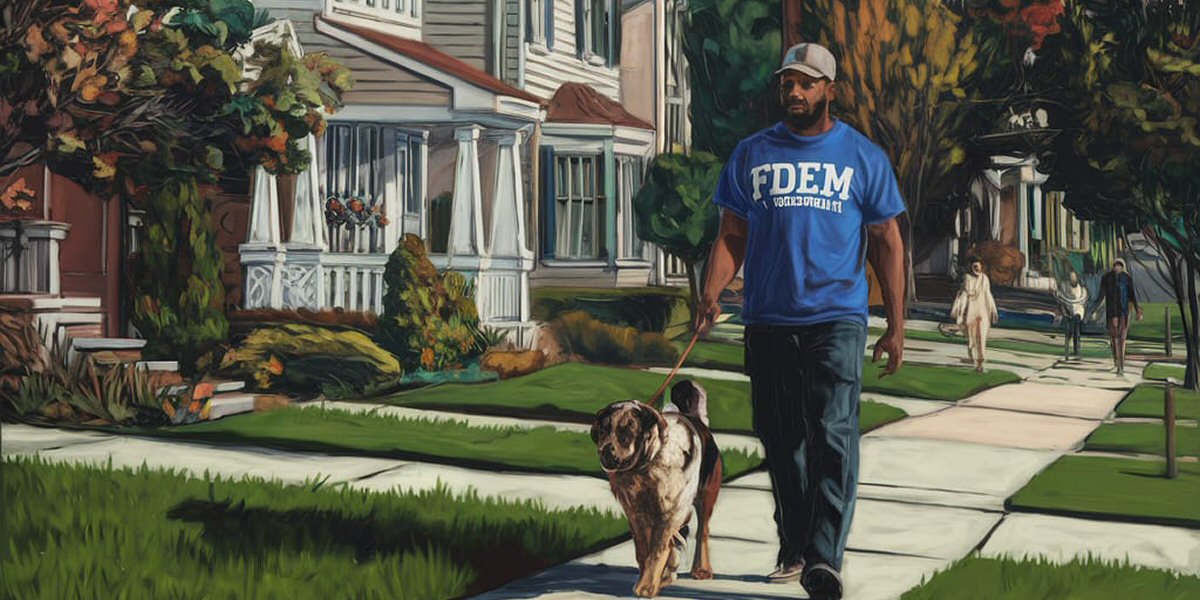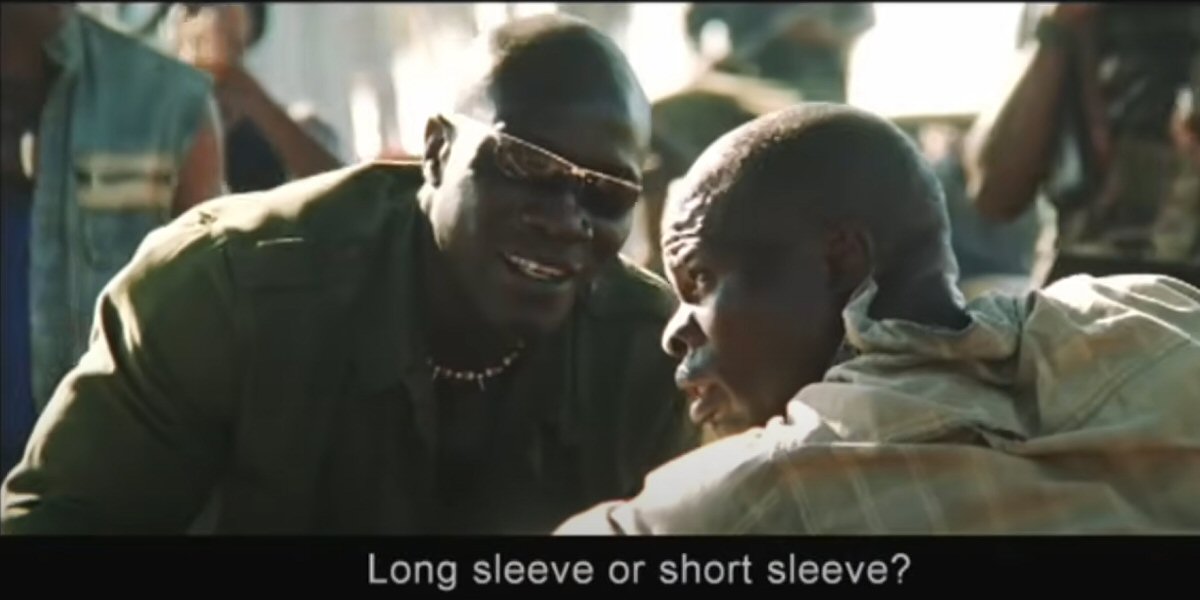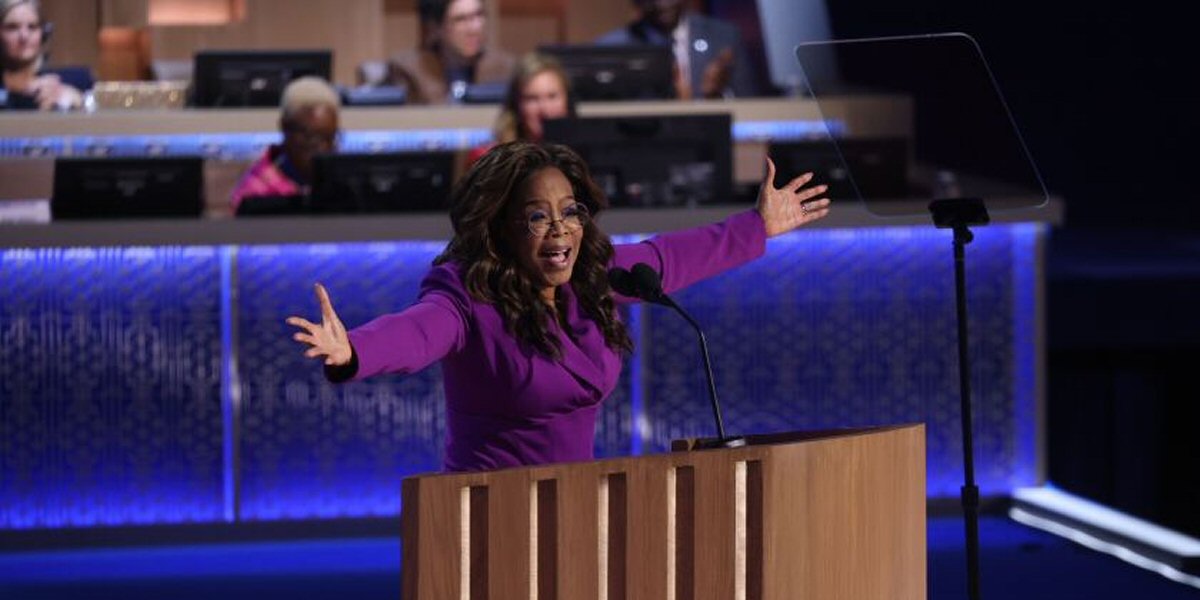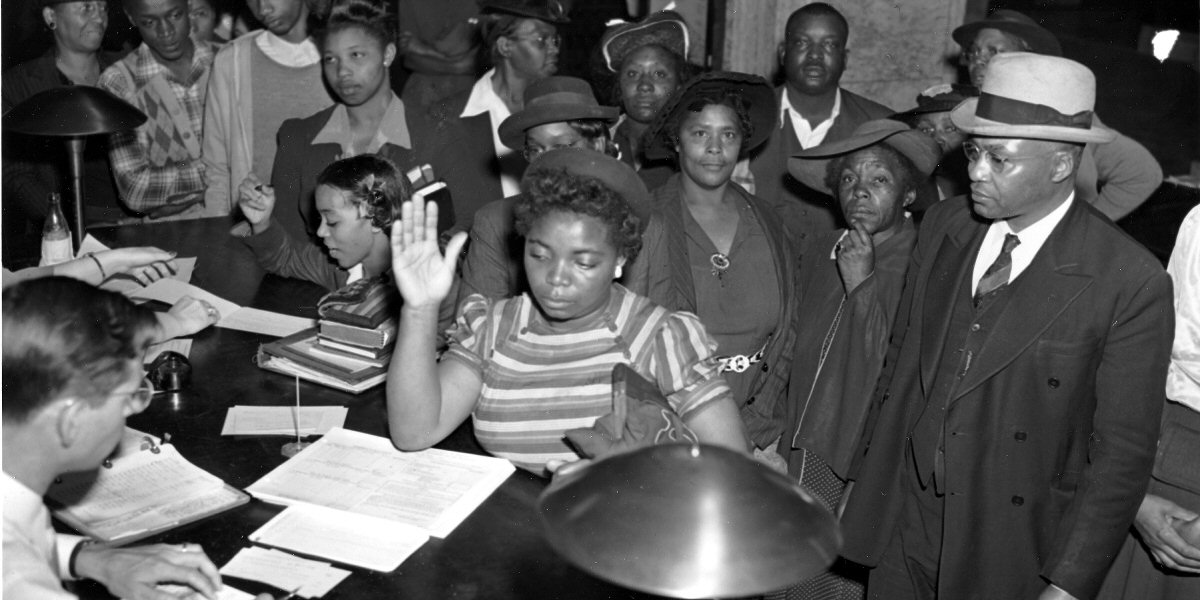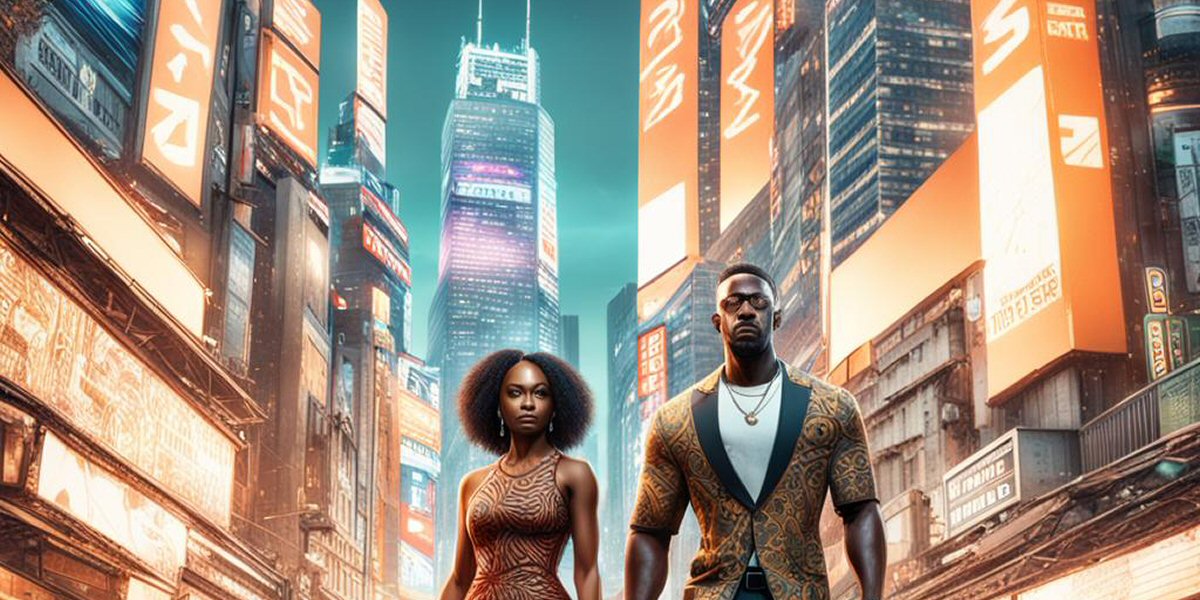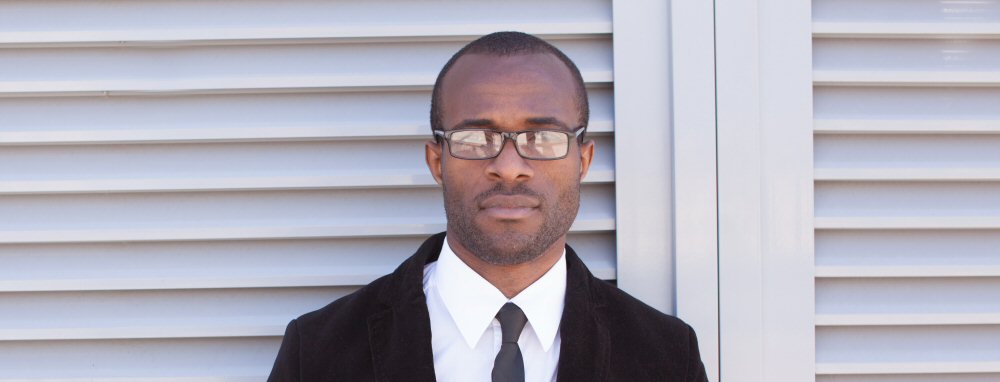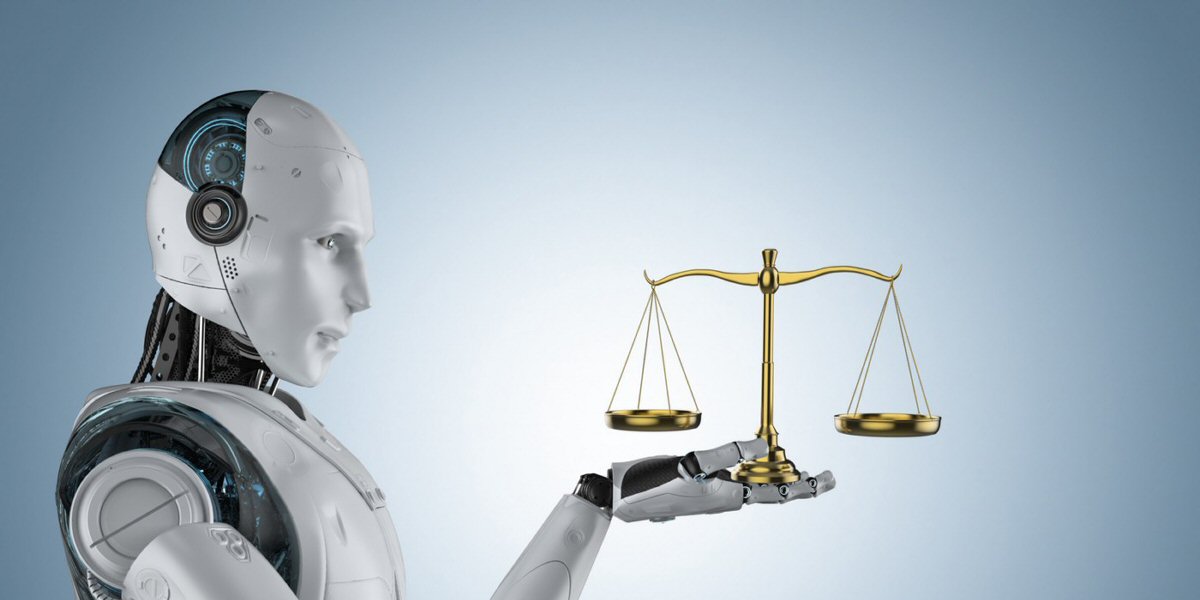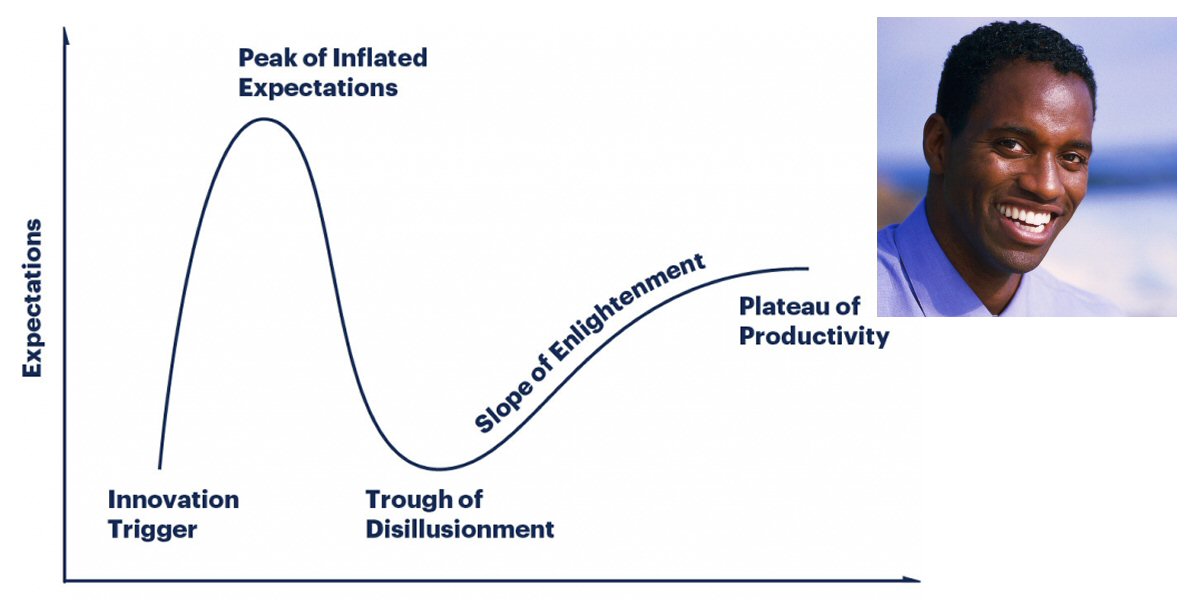Creating Pedestrian Malls Under Lake Street and 63rd Street Elevated Tracks
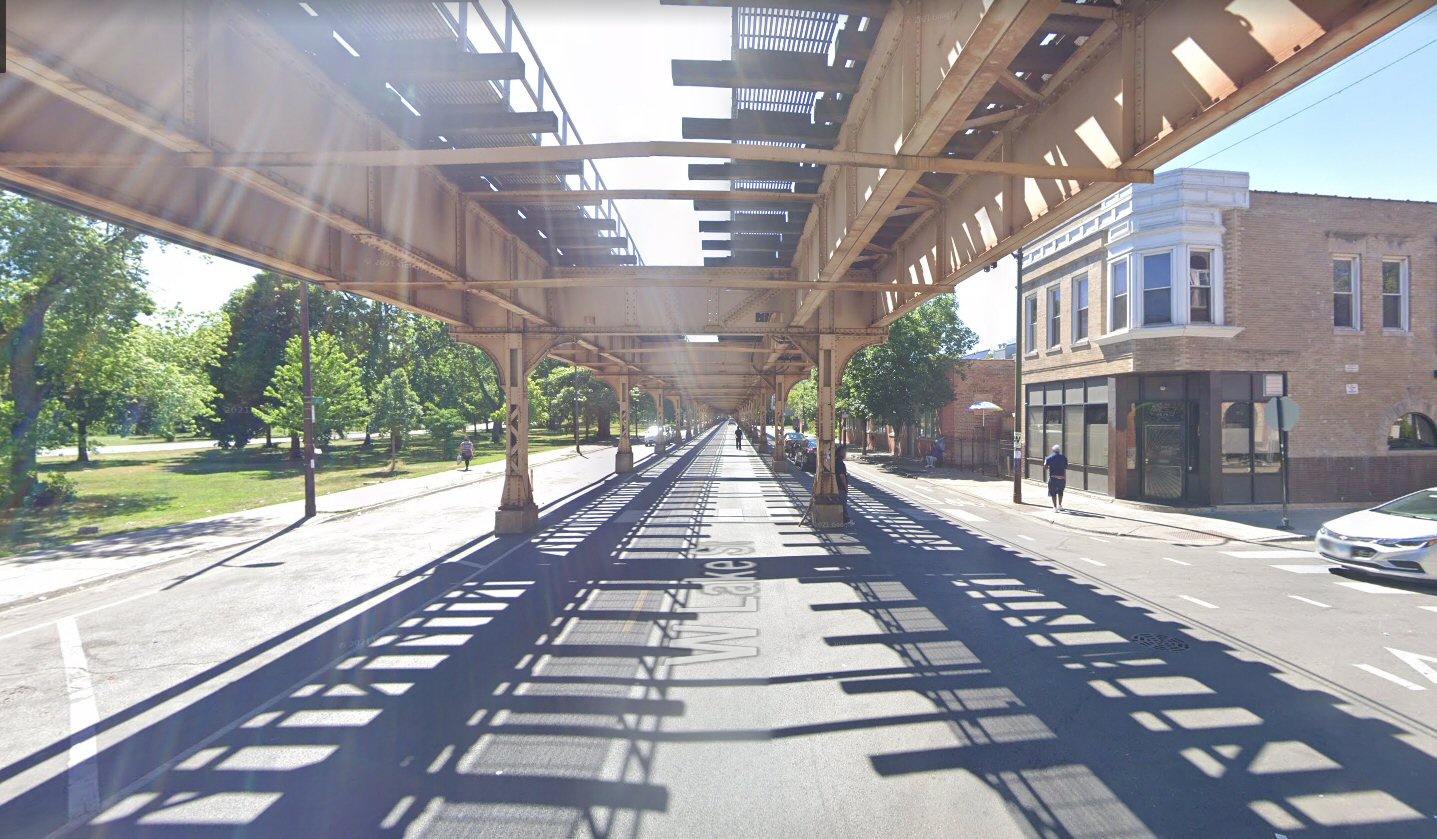
When I was a young brotha growing up in Chicago in the 80s, I would take the West Side train to downtown then transfer on the elevated train towards Ravenswood. During the winter we would go down to the subway to take the north/south line and get off at Belmont station to transfer over.
One thing I would look forward to once in the while was a place called “Demon Dogs” that sat underneath the Belmont Station. It didn’t occur to me at the time, but I take it Demon Dogs was a reference to the DePaul University Blue Demons. But it was where Demon Dogs was located, right under the train station and you can get some unique Chicago hot dogs to take a bite into, I be smiling with all my teeth showing biting into a Demon Dog because I felt like I was cheating on Mary’s that was off the Pulaski/Congress line on 5th Ave and Pulaski.
After growing up on the West Side of Chicago, I went out in the world and made my way in this world, join the military, went to college, graduated stacking paper, jet setting first-class around the world, driving Mercedes and BMWs, got girlfriends around the world and looking for urban solutions to help the brothas and sistas back in the hood who was just like me being trapped in the hood and just need an opportunity and chance to make something out of themselves.
In Tokyo, one thing I picked up on fast was how I saw in Ueno and Shimbashi was how they used the space underneath their elevated trains to build out a pedestrian commercial center. As you see in the photo above in Ueno, they got a commercial activity going strong underneath their train tracks generating tax revenue and jobs and money changing hands. All we got going on Lake Street and 63rd is a bunch of park/driving cars that is producing no revenue and these are areas that need economic revitalization.
I want to deep dive here to point out something in this picture – you see that green van? Do you realize you can create your own shipping/logistic company that delivers inventory, gas canisters for restaurants, and other supplies? It can ride up and down Lake Street and 63rd to the small businesses all lined up and down – look again at the space at the top photo of the empty elevated train. In Japan, they have people pushing carts with supplies going up and down to restock each store. That’s the level of entrepreneurial enterprise they have just under the tracks while Lake Street and 63rd just got cars parking and driving and stuff.
Let’s just be honest – we don’t need Lake Street on the West Side or 63rd on the South Side to drive on – these streets are totally unnecessary as we got major traffic streets right next to them. We can do exactly what they have done in Tokyo and convert these streets in our hoods to pedestrian/bike-friendly commercial districts that can add tax revenue, jobs, and economic growth for both the community and the city. Chicago can use tax-increment funding, bond funding, and private funding and have the means to make this happen and know there will be a permanent return of investment back into their mass transit system.
Usually, I would go to Tokyo and research patterns and practices we can bring back to our communities and apply as solutions to implement. A lot of fresh innovation out of urban Asia is definitely the only path we can adopt to improve our communities in the hood. But I cannot make moves due to lockdowns and entry bans so I have been relying on people and also on videos on YouTube by vloggers walking through Tokyo. One Japanese vlogger, Shinichi's World, actually is doing the kind of work I should be doing created an excellent video on a new commercial area underneath the elevated train tracks in Tokyo. In this article, we are going to discuss what I saw in this video.
Please watch the whole video at the following URL: https://youtu.be/dH8rGvXVR2A
This video is an awesome example of what we can do under Lake Street and 63rd Street and I want you to discover things I won’t cover. I will cover some parts of this video because there is more futuristic next-generation retailing that can be done. So if Chicago was smart and the hood was smart, they would realize some serious opportunity and a landgrab opportunity right under their nose, right in the hood for the Fourth Industrial Revolution.
I want to explain something, the video starts in Shimbashi Square near the Shimbashi train station – if you follow my blog and look at photos on the FB site, you will see me in photos in this square. Wanna know why? This is in the region we plan to set up our Japanese operations and I canvassed this area like the back of my hand. I became familiar with the shopkeepers who recognize me and also the night folks in this area, I will leave it at that. Locals be yelling at me that I’m back or waving bye to me when I walk with my suitcase to/from the Shimbashi station – yeah, you Black in Japan brothas and sistas want to comment about how I handle mines and doing my damn thing in Japan, huh? BTW, I run into proper brothas and sistas in this area all the time.
The vlogger walks around the area looking for the new space that is built underneath the train tracks and when it goes in did you noticed something, especially with the music club? It was two levels and they had elevators to go up – this is how much space they had under the train tracks and Lake Street and 63rd have enough vertical spaces to build two levels. The second thing that is a bonus is you may have heard what sounds like Black soul music – yeah, in this part of Shimbashi/Ginza you are going to find a lot of coffee shops, chill lounges playing smooth jazz and R&B soul and you going to be like damn, I love the soul music vibe around here – Ginza has a lot of awesome jazz spots so remember this when we can travel again.
This is a new area and because of the pandemic and lockdowns, there is a lot of empty new spaces but I want you to notice they are using modular steel structures to fit under the elevated train tracks. These steel modular structures appear to be the building blocks of the pedestrian mall area. A space like this example can be a pop-up or a drop-culture or a French bakery and more. Remember one thing is they get millions of commuters a day getting on and off the train just like downtown Chicago and this is a high traffic area. The same potential can happen on Lake Street and 63rd if we create this same kind of structure as well with urban commuters using mass transit.
I want you to notice there is uniformity of how a small square footage retail shop is set up because I see this all over Tokyo and it’s awesome. You see the easel sitting outside as well as a stand next to the lady. These shows prices and have QR codes to scan the menu or browse the menu and are touchpoints for curious passersby who want to see what’s going on without having to go inside. On the window behind the easel stand, you see an LCD screen that is digital signage showing video of their business as an added touch. The Interior is wood with a nice soft lighting setup, not bright but calming light brilliance. If you look at all the businesses in the video, notice how the lights are warm and not too bright or too dark.
The business model of this photo is a sake shop and if I’m correct, it serves sake, as well as sell sake, and someone getting off the train after a hard day at work, may want to buy a nice bottle of sake to bring home and celebrate a hard-earned weekend. Remember these types of business models as you look at ways we can promote the right type of businesses underneath Lake Street and 63rd.
Actually, this brings up something important I need the Black community to observe – when you saw all the restaurants the vlogger described in the video, how are the food prepared? I want you to observe all the food outlets in this video because we have the same urban style setup. Noticed the food was either grilled or boiled in water like grilled kabobs or boiled ramen noodles or there were sushi shops. The Black community needs to stop making grease-based foods like fried chicken and pizza puffs and French fries – it is not economically sustainable, expensive and dangerous. Japanese restaurant get a gas canister just like you see on the back of food trucks in America delivered to them every day and they use that canister efficiently to cook a massive amounts of food. Greasy food requires a lot of heat, lot of oil that go bad after a few batches – learn the type of food they cooking because these are the kind of food we need to prepare in our hoods from now on – give up the fried chicken joint because it’s not healthy in the first place.
There are other revenue generators such as having a big screen within the pedestrian mall to show advertising so Chicago has no excuses – they can get a return on investment due to the traffic from the train commuters and revenue from commercial activity and advertising and licensing bids to manage trash pick up and everything. Let me ask you a blockchain question – when you saw this in the video, what does this video art installation look like to you as a potential opportunity?
That’s correct – this looks like an NFT art opportunity and potential. We can acquire unique NFT art from local artists to display on-screen installations like the photo above. There can be an exchange with QR codes to rent this art off the blockchain or buy it outright to raise money as well. See, these are the little gems many of you just missed trying to rush through this article – take your time and read and absorb all of this.
Because we are going to talk about the future of retailing and I need you to realize we have technology and advancement to run digital-first style businesses in these micro-shops underneath the train tracks in our hoods. Some of these shops can be run as automated shops like the Amazon cashier-less stores and close to it.
The vlogger did an excellent job pointing the type of businesses and done so much of a good job, I promise you when I travel again, I will do the same kind of vlog to bring back to you. A lot of those businesses can be automated using event-driven systems and cloud platforms. You should realize this by now – our Toshikiso API platform and our company has been inspired to build technology around these gems we found in Tokyo in terms of urban retailing and third spaces and micro-shops.
I won’t go into all of the business models from the video even though there were some awesome finds I will cover in detail later but the one that stands out to me was the photo above – a luxury sock club. This store is the Glen Clyde Tokyo Sock Club. This business model is a hybrid model where it is really an online site to order socks or be part of a sock club where you pay a membership and get to choose unique socks once a month. But this storefront showcases the socks and you can join the membership at this storefront or probably buy a pair of socks. This is a membership model and retailing retail shop. This is the kind of future-facing retail model that can be accommodated under the track. You don’t even have to take a cash transaction – the customer can just sign up and pay with their mobile phone on the website in the store and give a confirmation code, like the buy-now-pay-later scheme.
Look, let’s do a wrap-up. Do you see all we can do underneath those elevated train tracks on Lake Street and 63rd? That’s nothing but the best massive economic opportunity you can build right now in the hood. You create micro-entrepreneurs with digital-first retailing models. You create bigger anchors and create local jobs up and down the path of the elevated train. You have organic customer foot traffic from the train station itself. You have a pedestrian walkway for people to walk and bike up and down. The community and city will have multiple streams of revenue from running supply chain logistics up and down this corridor, selling advertisements, lease agreements. Don’t even worry about Chicago corruption – the blockchain will knock all of that out and the distributed ledger will be public.
There is no reason in 2021 why Lake Street and 63rd has not been transformed into a pedestrian walkway with commercial activity. The only reason is we don’t have real innovative Black politicians and Black leaders that can get funding if they want for this area to revitalize. Articles like this one you read come from Black Excellence who grew up in the hood and went out in this world and saw all the possibilities and opportunities and report on it for everybody else to learn. You not going to organically get this from some local Black person running their mouth like they rep their hood, only Black Excellence can make global moves and bring the real noise.
Now that you read this article and saw what they have done in Tokyo and realize how barebones and naked Lake Street and 63rd looks after seeing what is possible, it’s time for you to transform the West Side and South Side into something better.

